Teaching your teens about money is important, and getting them a checking account is one important step. The best account for your teen will have low fees, good management tools, parental controls, and easy ATM access. The following checking accounts are great for teens. These accounts were identified by evaluating five key factors: fees, ATM access, Balance requirements, Customer service, and Potential to earn interest. The following are the 8 best checking accounts for Teens.
Capital One MONEY Teen Checking
Capital One MONEY Teen checking account is excellent for teens. It has no fees, no minimum balance required, and an easy-to-use mobile app. There’s no minimum deposit needed to open the account. There are no overdrafts or monthly service fees, but there are also no bonuses.
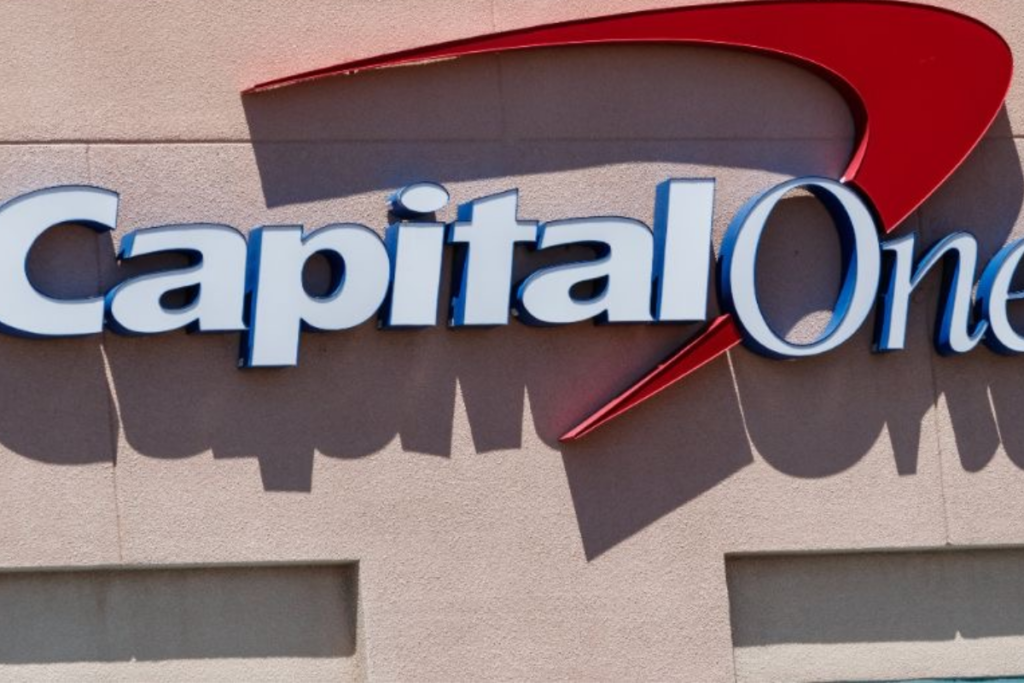
Advantages
- It is available for children as young as eight years old.
- It converts into a 360 checking account when they turn 18.
Disadvantages
- It has no reimbursements for out-of-network ATM fees.
- It has limited branch locations.
- It has no check-writing option.
Best for ATM Fee Reimbursements: Axos Bank First Checking
Axos Bank First Checking is a great option for teens. It has no minimum deposit or monthly service fees, and there is no overdraft fee. This account stands out because it reimburses up to $12 in ATM fees that other banks charge monthly.
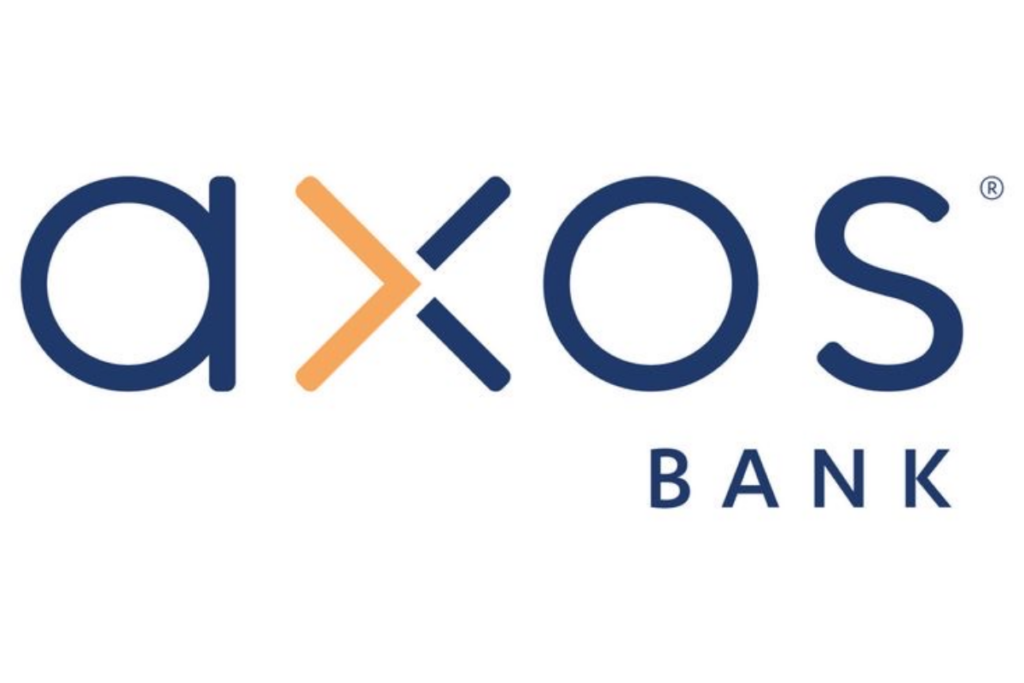
Axos provides tools for parents to manage their accounts. It offers a user-friendly mobile app that is more advanced than many traditional banks’ apps. However, the account has a $100 cash withdrawal limit and a $500 purchase limit, which might be restrictive for older teens. Another major disadvantage is that Axos is an entirely online bank. It doesn’t have physical branch locations.
Chase High School Checking
Chase is great if you want a checking account with no minimum deposit, overdraft fees, or monthly service fees. The bank has the most branches across the U.S. compared to other banks. They offer a checking account specifically for teens that doesn’t charge any fees. Chase has over 4,800 branch locations nationwide and allows person-to-person payments through Zelle. They also offer Chase First Banking for kids as young as six.
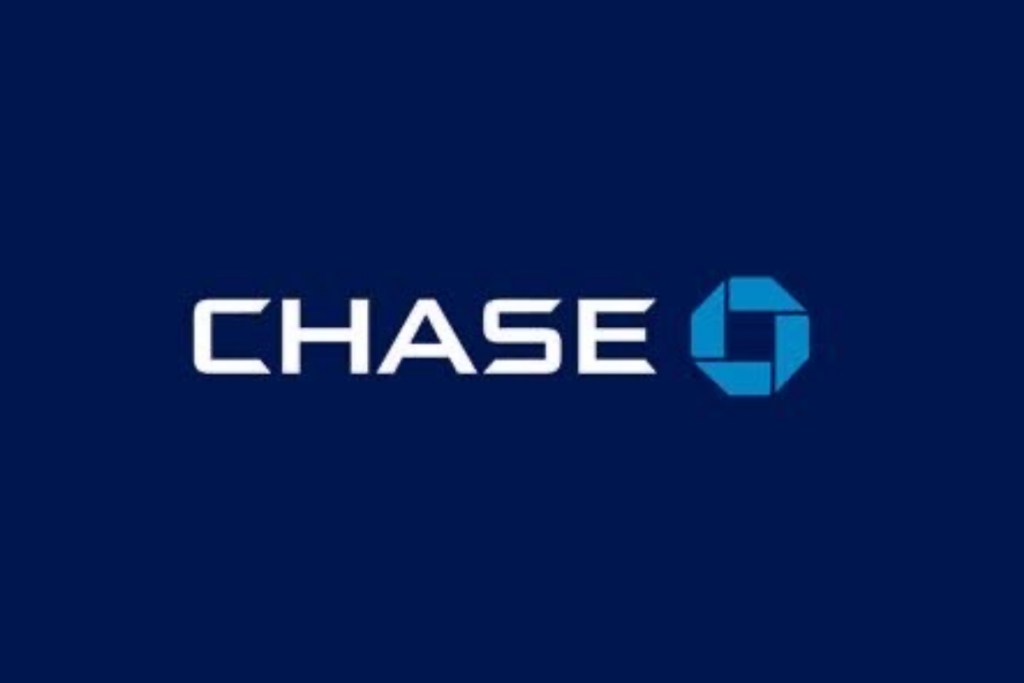
However, there are a few things to remember: you must open an account at a Chase branch. The account must be linked to a parent or guardian’s personal Chase checking account. It automatically turns into a Chase Total Checking account when you turn 18 unless you choose a different account option.
Best for Financial Education: Wings First Class Checking
Wings First Class Checking is a good choice because it has low fees and a large number of ATMs. Wings stands out because its programs teach kids and teens about money. Teens can even earn money for their accounts by finishing these programs.

Advantages
Wings offers programs that offer teens and rewards those who complete the programs. Teens don’t have to pay fees every month; they have access to over 80,000 ATMs at no extra charge.
Disadvantages
The bank does not have many locations for in-person banking. You have to pay overdraft fees.
Alliant Credit Union
Alliant Credit Union offers a teen checking account that you can open online. Membership is available to anyone with a Social Security Number or ITIN. The checking account has no monthly service fee or minimum balance requirement. They also refund up to $20 per month in ATM fees from other banks and provide the first box of checks for free.
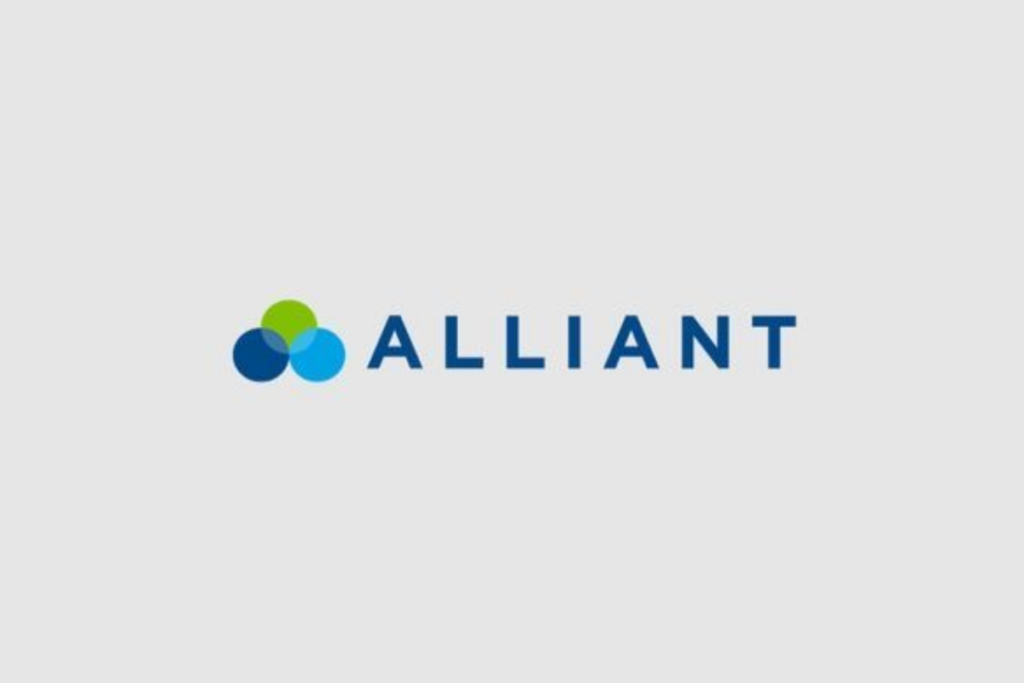
However, Alliant Credit Union has a limited number of branches. To become a member, you’ll need to maintain a savings account with a minimum balance of $5. Also, you must make at least one electronic deposit each month to earn interest on your savings.
Copper
Copper is the best for parental control. It requires no minimum deposit or overdraft fees. The monthly service fee is $4.95 or $7.95 with an investing account. While there is no bonus, Copper allows parents to link up to five accounts for their teens. Teens receive a debit card, can use up to 55,000 ATMs nationwide, save through tools like roundups, and learn financial literacy through the app.
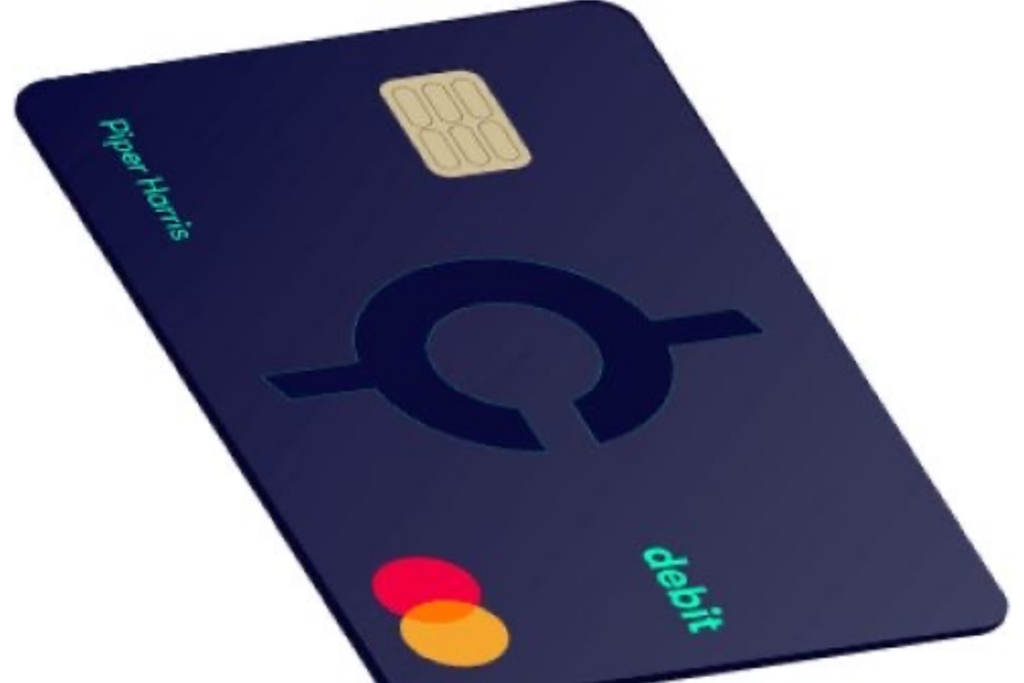
Pros include parental controls to track spending and freeze accounts, financial literacy resources for teens, and up to 5% in monthly savings rewards with an investment subscription (2% without). However, parents must first open an account before adding their children, and there’s a monthly fee of $4.95 ($7.95 with investing).
Best for ATM Rebates: Navy Federal Credit Union Campus Checking
The Navy Federal Credit Union Campus Checking account has no minimum deposit requirement. It charges a $20 overdraft fee for transactions over $5 and has no monthly service fee or bonus.
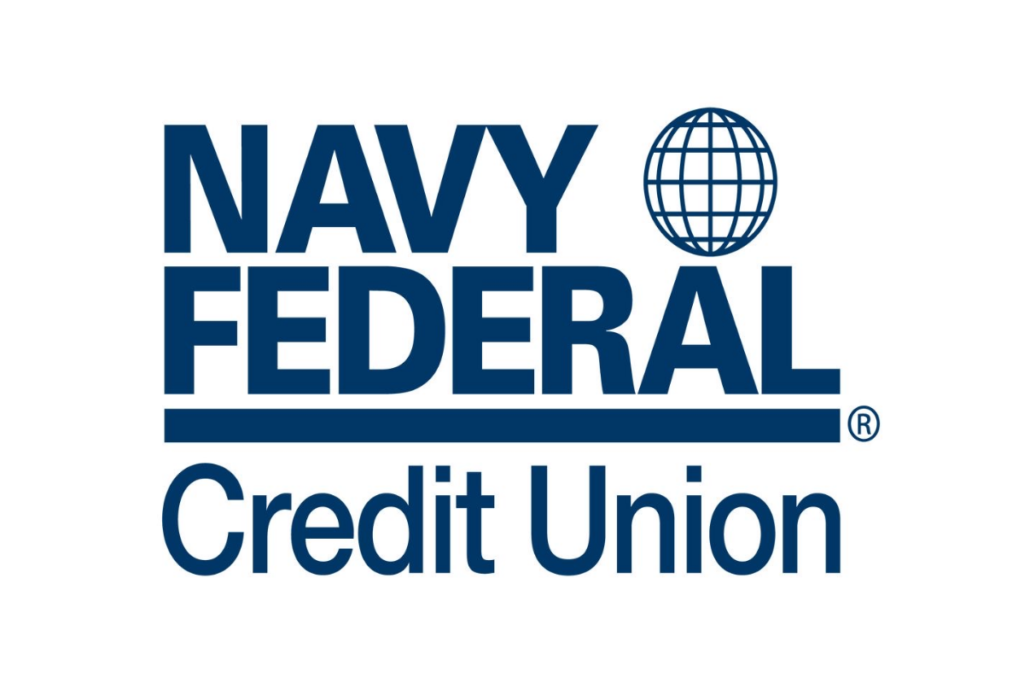
This account is designed for teens aged 14 to 18 who are part of military families. It offers a debit card with zero liability protection and provides up to $10 monthly in ATM fee rebates.
Advantages
- No monthly service fee or minimum balance requirement
- Reimburses up to $10 per month ($120 per year) for ATM fees charged by other banks
- Free checks
Disadvantages
- Membership is required to open an account
- Low interest rate
Connexus Credit Union
Connexus Credit Union offers a teen checking account that stands out for earning interest. It requires no minimum deposit and has a low overdraft fee of $4 for transactions over $10. There’s no monthly service fee, and it doesn’t offer a bonus. Connexus is highly recommended because it offers a competitive 2.0% APR on balances up to $1,000. This offer is rare for teen banking options.

Benefits include no monthly fees or minimum balance requirements. Teens will have access to 67,000 fee-free ATMs nationwide. The starting age for teen accounts is also 10. However, its competitive APR is limited to $1,000, it has few branch locations, and it lacks parental controls.
What Happens After Your Teen Turns 18?
Once your teen turns 18, their teen checking account may no longer be available. Some banks will immediately require them to switch to a regular checking account. Others may allow them to keep their account until they’re 24. Regardless, it’s important to understand what happens when they no longer qualify for a teen account.

Some teen checking accounts will automatically change to low-fee checking accounts. Others, however, may switch to accounts that charge a monthly maintenance fee. If your bank plans to start charging your teen a $12 monthly fee when they turn 18, you might want to help them find a better checking account at that time.

